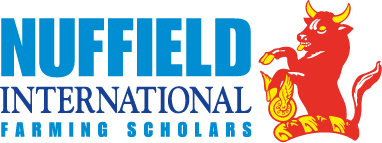Report Synopsis
Alternative Weed Control Measures
Mitchell Henderson
Australian farmers are among the world’s best at managing limited resources, but our techniques are not without compromises. Weeds are costing producers an average of $113 per ha in both chemical and non-chemical control measures with yield losses from crop competition costing producers $33 per ha. Herbicide resistance is costing an extra $187 million to industry in extra herbicide treatments (GRDC, 2016).
This report aims to highlight some weed control measures that can be implemented into Integrated Weed Management (IWM) plans, reducing or preventing the frequency and cost of herbicide resistance. Australian agriculture is one of the least subsidized industries in the world, which increases the importance of developing systems which both increase the efficiency of weed control programs and reduce the risk of developing resistance to any herbicide.
What if we could lower our reliance on herbicides? This could have a beneficial effect on both the profitability of crops and on the health of the environment. A reduction in herbicide use should have a beneficial effect on the public perception of farming, thus adding to the probability of maintaining a positive social license in the general community, which is a good thing for all stakeholders. Agricultural grains production contributes $13 billion in farm gate value, 20% of the total agricultural value. In a highly variable environment, there’s a lot to be proud about in Australian grains sector.
Similar Reports
- 2025
Changing the Bog-Standard: Repeatable Solutions for Aotearoa's Peatlands.
Jenna Smith - 2023
A Global perspective of how Maximum Residue Limits (MRLs) affect the Australian grain price and access to international markets
Tessa Dimond - 2023
Soil improvement strategies based on local and high value organic inputs
Dario Mujica - 2023
From Challenges to Potential: The Evolution of Hokkaido’s Viticulture: Crafting a Sustainable Future for Japan’s Northern Vineyards
Rikiya Ueno
